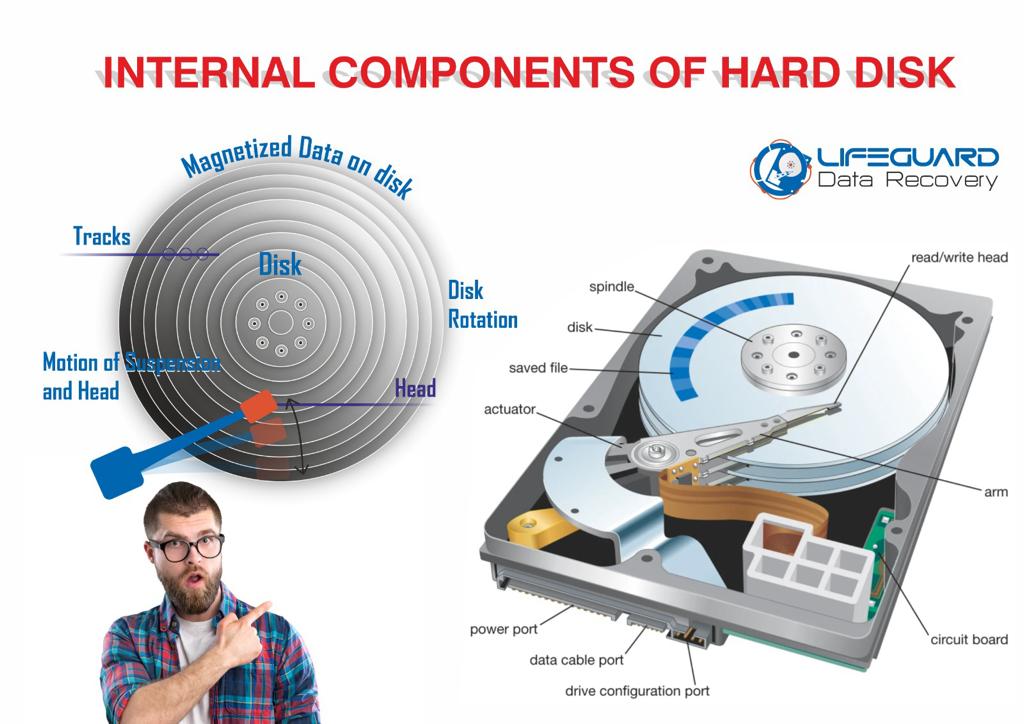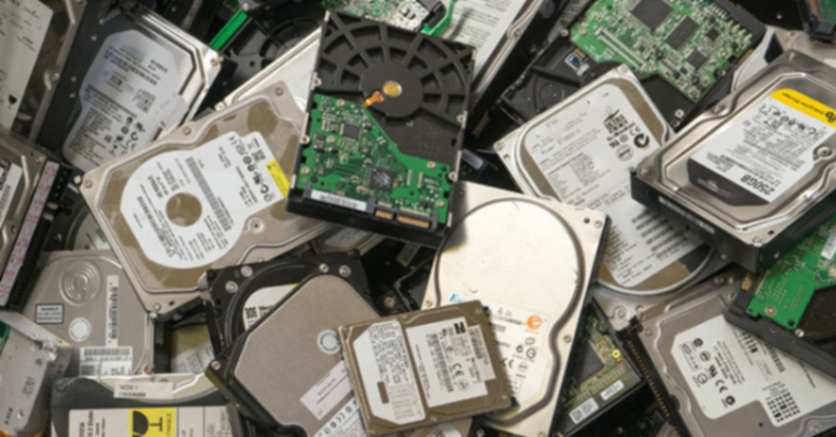Unveiling the Magic: How Hard Drives Work Made Easy for Every Computer User
In the vast landscape of digital storage, understanding how hard drives operate is crucial for every computer user. Let’s embark on a journey to demystify the intricate workings of hard drives how hard drives work, making this technological marvel accessible even to the most basic computer user.
Data Dance: Binary Code and Magnetic Layers
At the heart of a hard drive lies the mesmerizing dance of binary code. Data, represented by 1s and 0s, pirouettes on the magnetic layer of the disk. Read heads, suspended above the surface, gracefully interpret and inscribe these magnetic signals, thanks to the ultra-fast rotation of the disk.
Ever wondered how your computer reads and writes information? In writing mode, an electrical current modifies the electric field, inscribing either a 0 or a 1. Conversely, in read mode, the magnetic field transmits a current to the read head, translating it into a digital signal comprehensible to the computer.
The HDD vs. SSD Dilemma
Enter the world of hard drives, and you’ll encounter the classic Hard Disk Drive (HDD) and the modern Solid State Drive (SSD). The HDD, a magnetic storage giant, has been a stalwart in computers, video cameras, and even gaming consoles. Meanwhile, SSDs, with data stored on chips directly attached to the circuit board, grace our mobile phones, tablets, and contemporary smart devices.
As a user, understanding the choice between HDD and SSD is pivotal. The former’s magnetic charm dominates, while the latter’s chip-powered efficiency caters to the demands of the modern digital era.
Riding the Technological Wave: Current Standards
In the vast realm of data storage, technology standards constantly evolve. Magnetic hard drives, magnetic tapes, and optical storage like CD/DVDs play pivotal roles, especially in professional environments for data storage and backup.
Size matters, not just in capacity but also in physical dimensions. From the colossal RAMAC resembling two refrigerators to today’s compact 3.5-inch drives, and even smaller 2.5-inch versions for laptops, the journey has been one of remarkable downsizing. The surge in portable devices has birthed microdrives measuring a mere 1 inch, revolutionizing the way we carry data on the go.
Interfaces, the unsung heroes of hard drives, dictate the speed of information transfer. The ATA/IDE era, succeeded by the speedier SATA interfaces, exemplifies this evolution. SCSI, with its versatility in connecting peripherals, adds another layer to the ever-changing landscape.
Dissecting the Hard Drive: Components Unveiled
Mechanical Marvels
A traditional magnetic hard drive is a symphony of mechanical components. Picture double-sided circular trays, predominantly crafted from aluminum, draped in a magnetic layer organizing stored data. Spinning around a rotary axis propelled by a spindle motor, these drives boast speeds ranging from 5,400 to 15,000 rotations per minute.
Enter the read head/write head duo, orchestrated by an actuator steered by a second motor. Pivoting motions sweep the drive’s surface, positioning the heads precisely to access information. A delicate dance, as the heads never touch the magnetic surface, emphasizing the fragility of these technological wonders.
Electronic Wizardry
While the mechanical components take the spotlight, the electronic side of a hard drive is equally paramount. Each hard drive houses a microprocessor and associative memory on a printed circuit board (PCB). A signal processor deftly converts electric signals into digital ones, ensuring seamless communication between the motherboard and the hard drive.
Navigating the Future
As technology surges forward, the landscape of hard drives continues to shift. Users find themselves at the crossroads of choosing between the steadfast HDD and the nimble SSD. Interfaces evolve, speeding up data transfers, and the physical dimensions of drives shrink, fitting seamlessly into our portable lifestyles.
In conclusion, the journey of understanding how hard drives work is a testament to the relentless innovation shaping our digital world. Whether you’re a seasoned tech enthusiast or a novice computer user, grasping the fundamentals empowers you in the realm of data storage.
Unlock the magic of hard drives, and delve into the intricacies that power our digital lives.




















